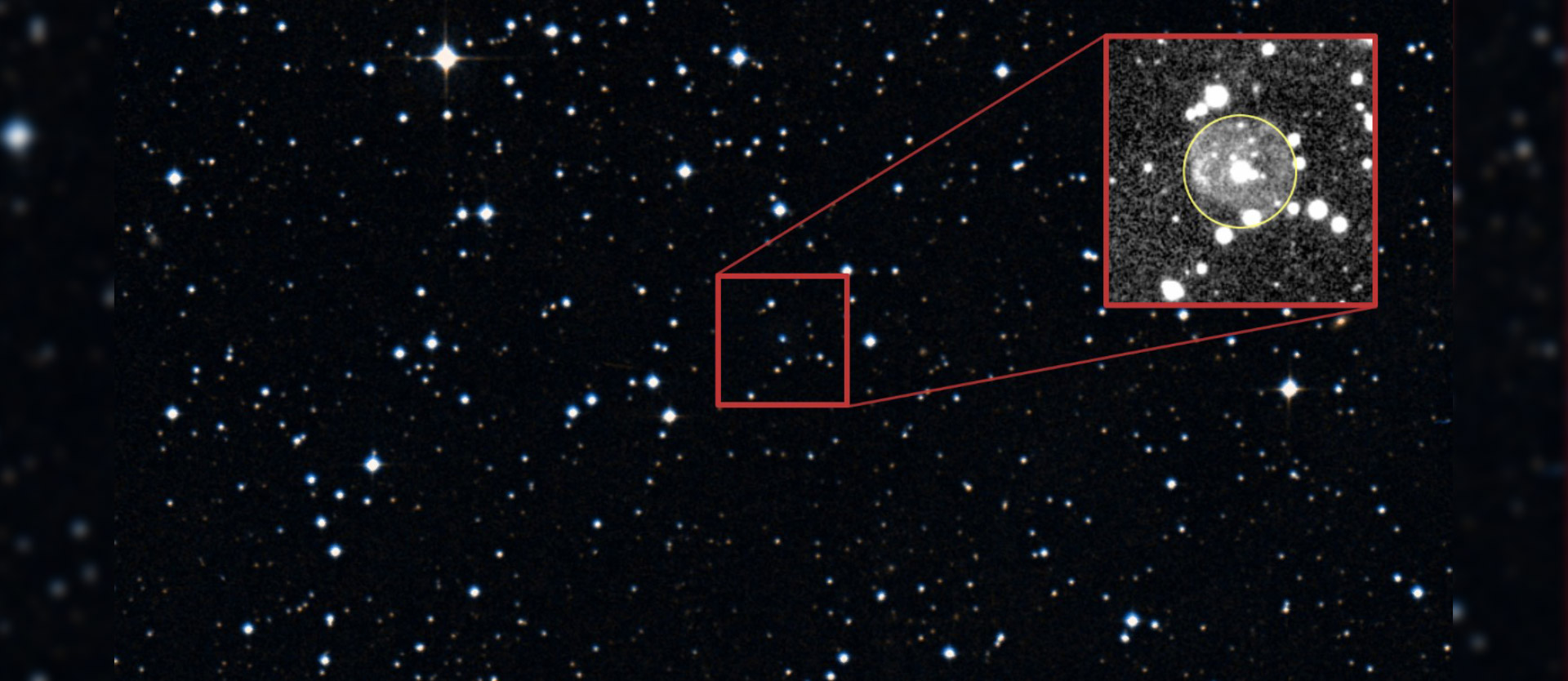
Hot, hotter, hottest: more than 100,000 degrees

The Southern African Large Telescope (SALT) is located about 400 kilometers northeast of Cape Town. The researchers studied data obtained with the help of this telescope during the survey of helium-rich hot subdwarfs. In astronomy, subdwarfs are stars that contract into white dwarfs within a few thousand years. White dwarfs can be thought of as about the size of Earth, only about a million times more massive. "Both hot subdwarfs and white dwarfs can have high surface temperatures. Of the eight super-hot stars we discovered, the hottest was a white dwarf with a surface temperature of 180,000 degrees," Klaus Werner said.
And not only in terms of temperature do the newly discovered stars outshine the Sun many times over - their luminosity is also more than a hundred times brighter! However, they are located between 1,500 and 22,000 light-years away from Earth and therefore could not be seen with the naked eye. One of the stars found is the central star of a newly discovered planetary nebula, which has a diameter of one light-year. Two of the other objects are oscillating stars. "All of these stars are at an advanced stage in their life cycle and are approaching death as white dwarfs," Werner says, adding, "I am proud to have helped launch this groundbreaking research. The results could also shed new light on the formation of our galaxy."
The SALT studies of the subdwarfs were intended to take a closer look at how stars evolve late in their life cycles. But the discovery of these extremely hot stars has surprised even the researchers! This is because stars with temperatures of 100,000 degrees or more are exceptionally rare to find. It was also surprising that such a variety of super-hot stars were discovered during surveys of the sky. "These discoveries will be helpful in better understanding the late stages of stellar evolution," adds Simon Jeffery. In addition to the stars, the SALT telescope is also a real highlight and will continue to be an important part of the project.
Original publication:
S. Jeffery, K. Werner, D. Kilkenny, B. Miszalski, I. Monageng, E.J. Snowdon: Hot White Dwarfs and Pre-White Dwarfs discovered with SALT. Monthly Notices of the Royal Astronomical Society,
DOI: doi.org/10.1093/mnras/stac3531









